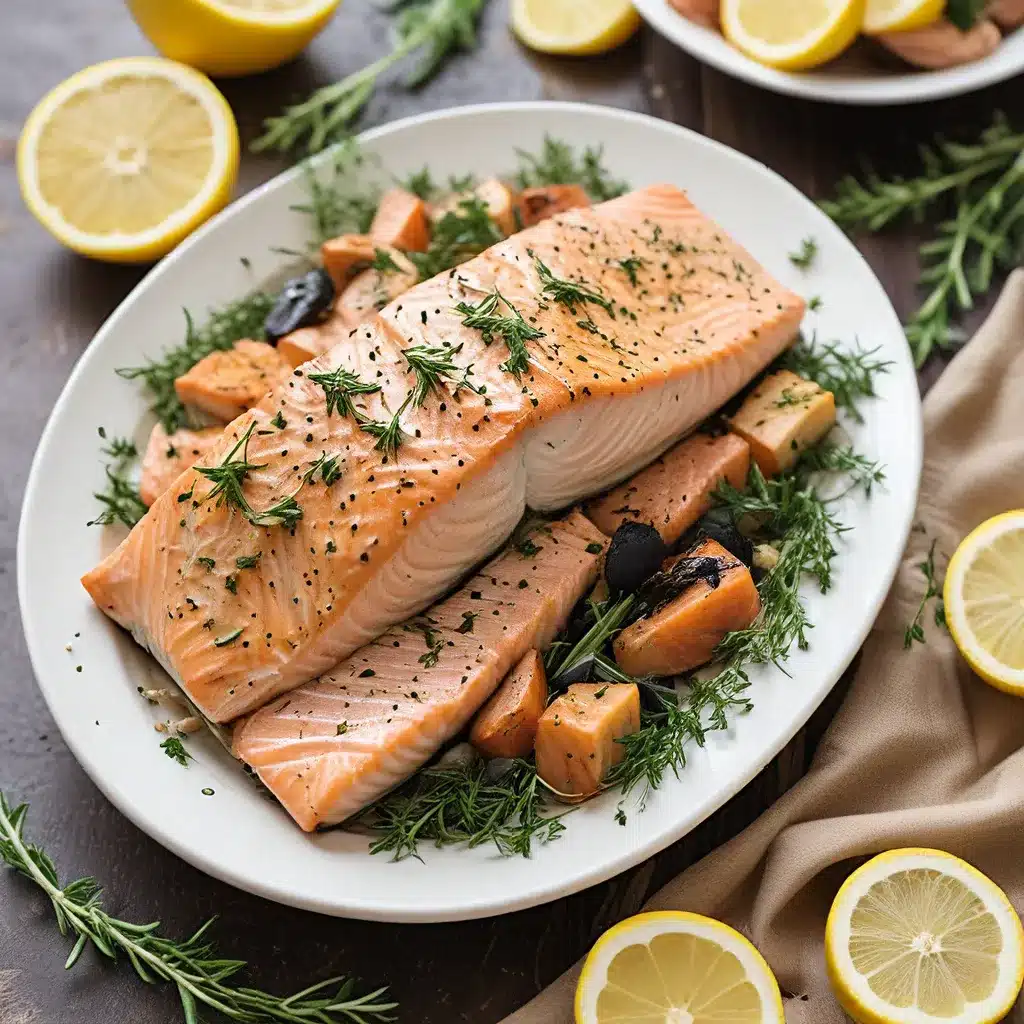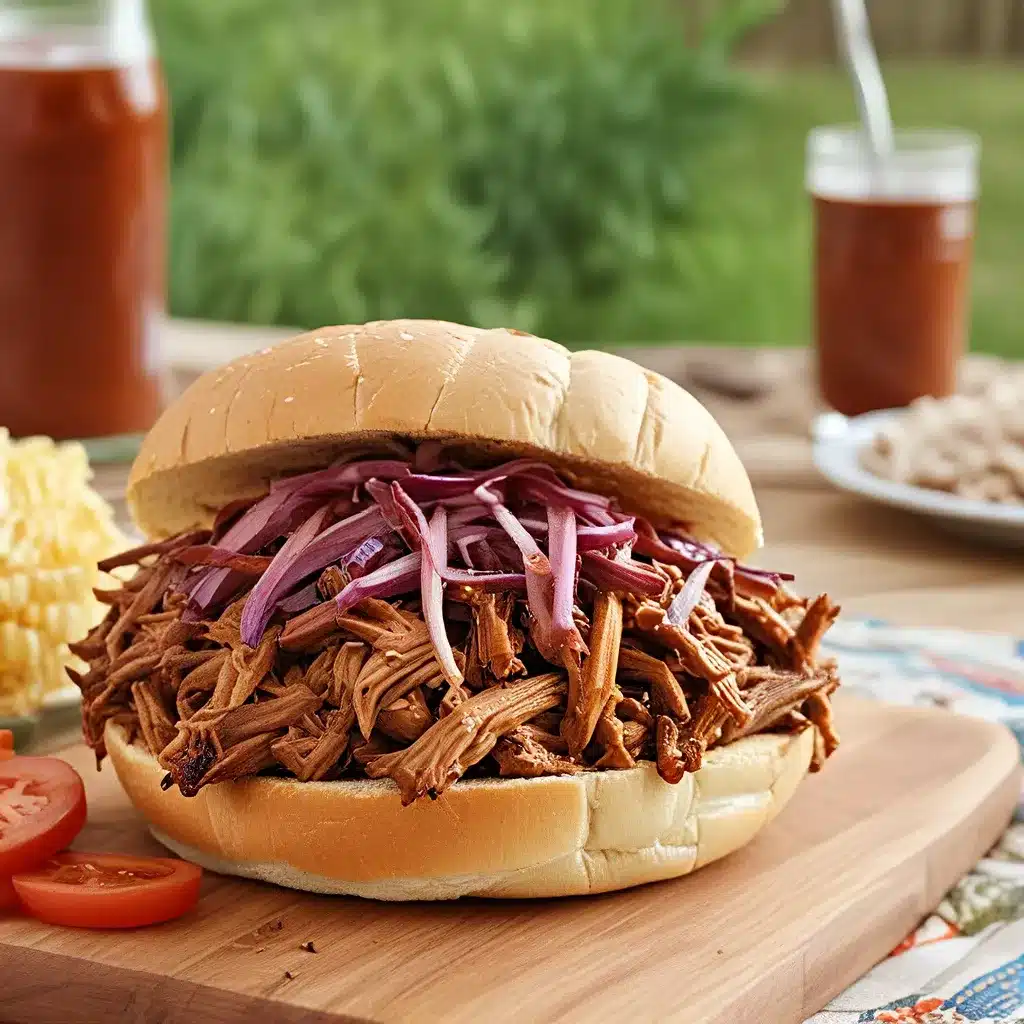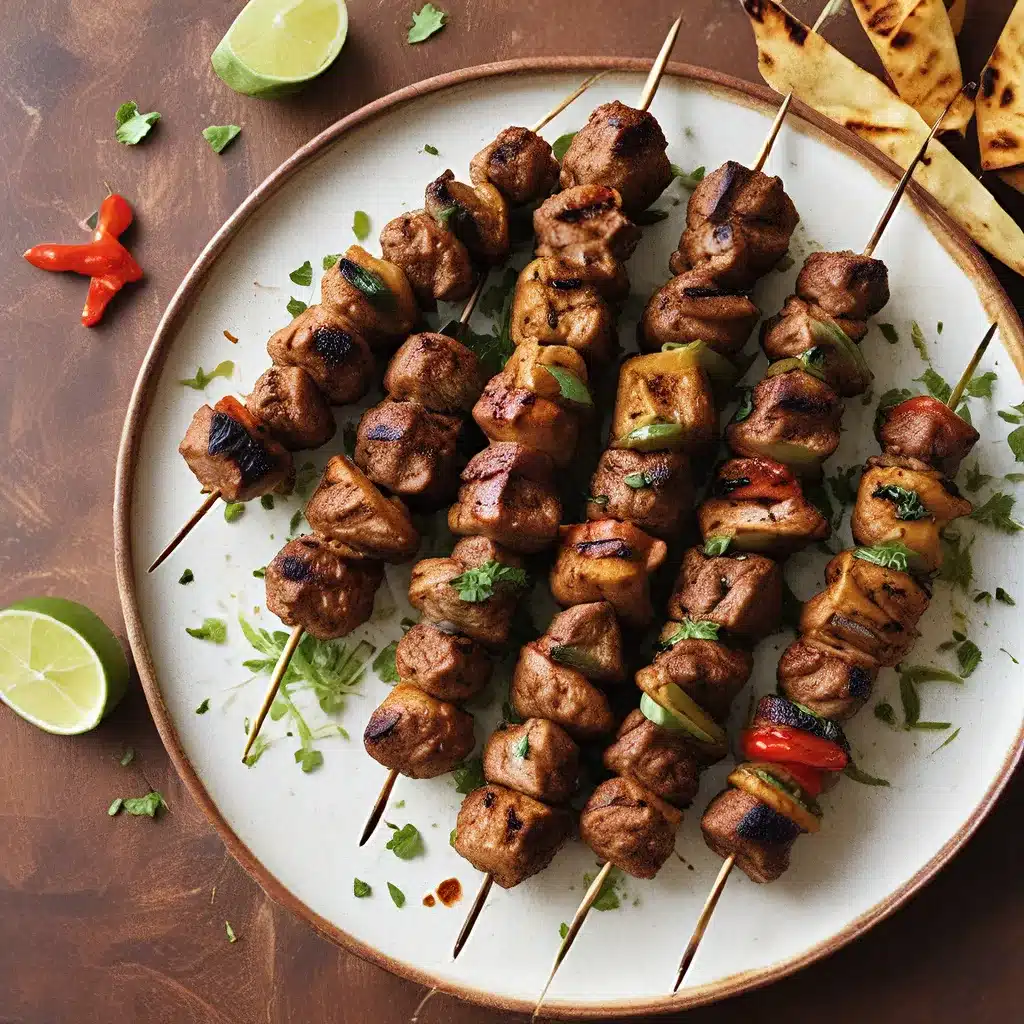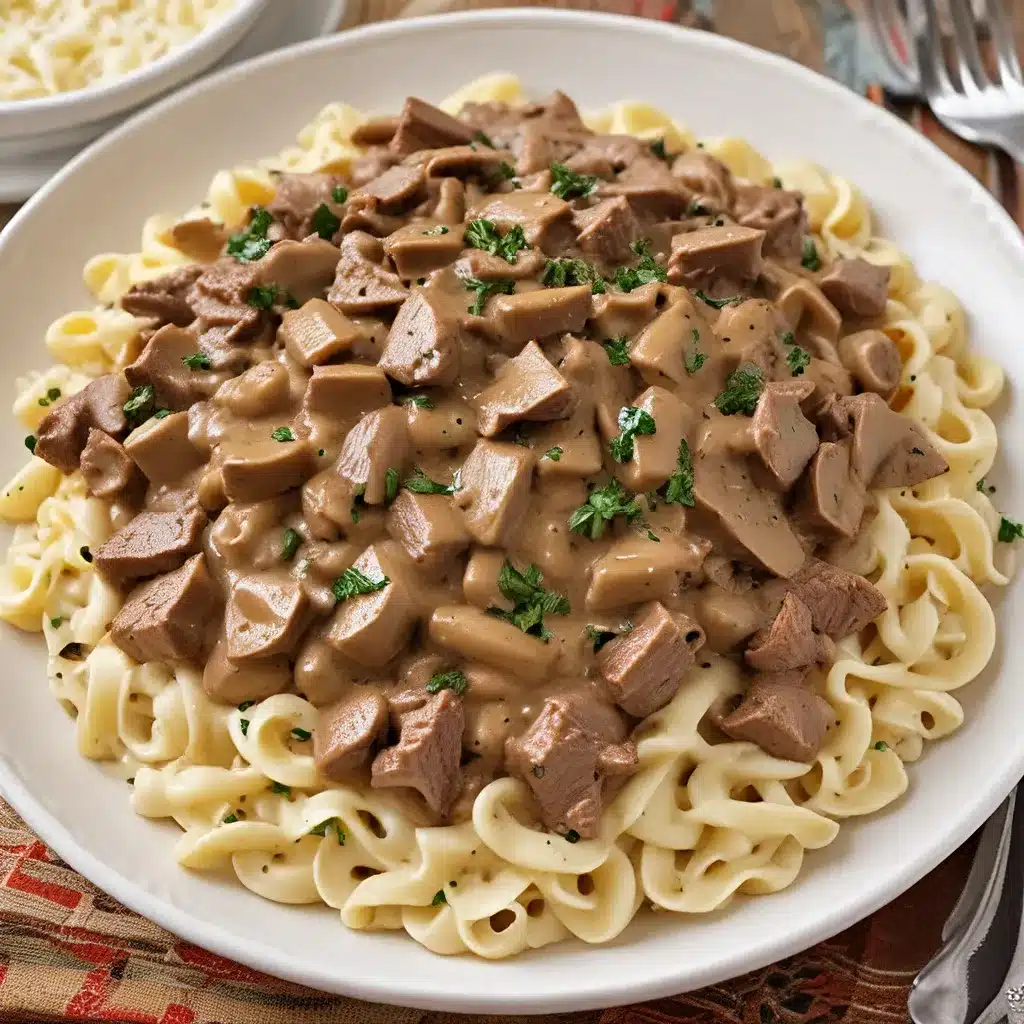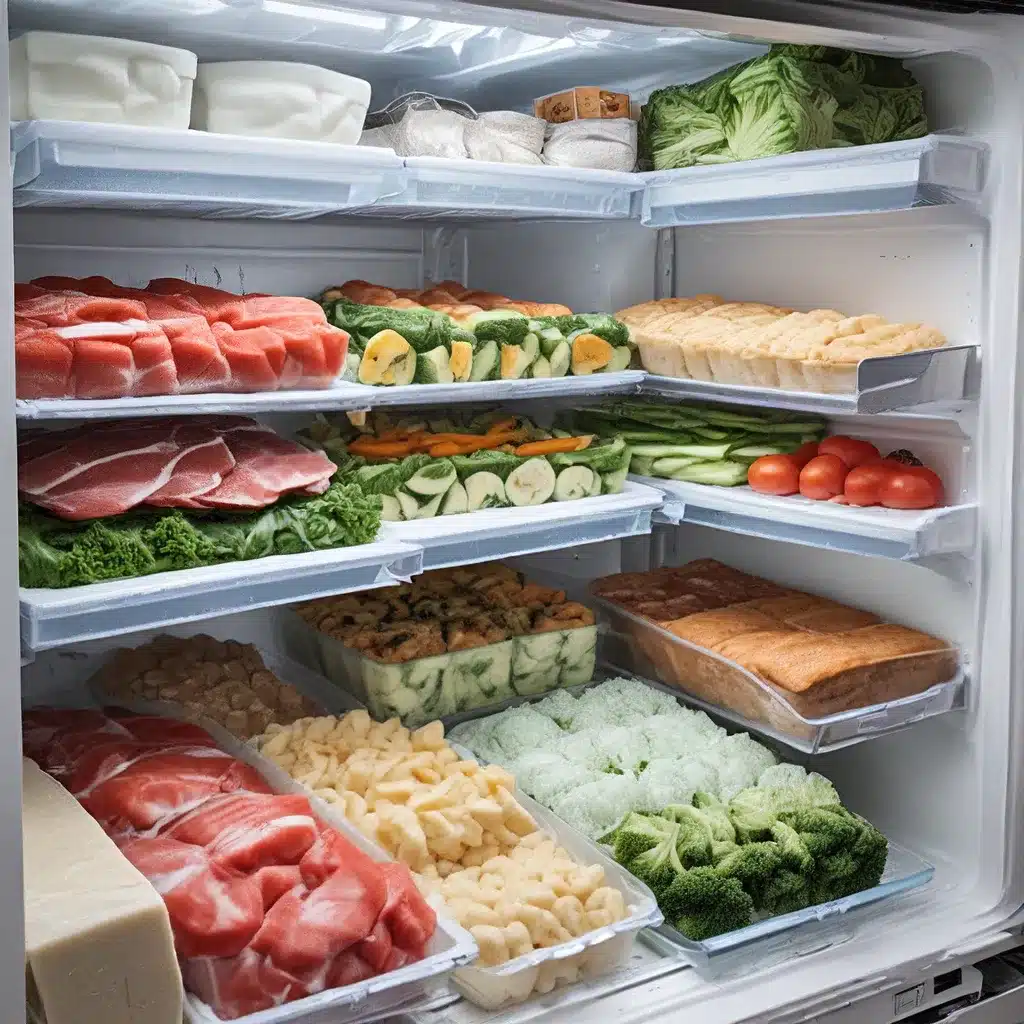
Freeze First, Worry Later: The Joys of Plastic-Free Preservation
When I post pictures of my jar-filled freezer on social media, I get lots of questions about it. Usually, they go something like this: “Is it safe to freeze food in glass?” or “Don’t your glass containers break?” Well, my friends, I’m here to tell you that not only is it safe, but freezing in glass is one of the best ways to reduce plastic waste in your kitchen.
I’ll admit, I did have one mishap with a broken glass container early on. But that was a one-time occurrence, and I quickly learned how to prevent it from happening again. The key is leaving enough headspace at the top of the jar, especially when freezing liquids. Wide-mouth jars also work better than those with narrow necks or shoulders.
Now, my freezer is a veritable symphony of glass jars, each one housing a different treasure trove of homemade goodness. From roasted tomatoes to sourdough crackers, I’ve found that almost anything can be successfully frozen in these reusable, plastic-free containers. And the best part? I can see exactly what’s lurking in the depths of my freezer, which helps me avoid food waste.
The Freezer Whisperer’s Top Tips
Of course, there are a few tricks to mastering the art of plastic-free freezing. Let me share some of my hard-earned wisdom:
-
Cool it down first: Always allow your food to cool completely before transferring it to the freezer. Putting hot items directly in the freezer can lead to temperature fluctuations and potentially compromised quality.
-
Slow and steady wins the race: Resist the urge to overstuff your freezer with jars stacked every which way. This can lead to a precarious situation where your hard-earned glass containers might come tumbling down, resulting in a frozen, shattered mess.
-
Thaw with care: When it’s time to use your frozen goodies, the best approach is to move the jar from the freezer to the refrigerator the night before. This slow, gentle thawing process helps preserve the texture and flavor of your food.
-
Beans, glorious beans: I love having a stash of cooked beans in the freezer, ready to be transformed into everything from channa masala to hummus. Just be sure to freeze them with or without their cooking liquid, depending on your intended use.
-
Cracker, anyone? My sourdough crackers freeze like a dream, so I always keep a few jars on hand for snacking emergencies. And the same goes for cookies – a little glass-encased indulgence can be just the thing when a sweet craving hits.
-
Bread, the freezer’s BFF: If I’ve baked more sourdough than we can reasonably consume, I’ll slice it up and stash the loaves (or half-loaves) in my reusable cloth bags or produce bags. This helps keep the bread fresh and free from freezer burn.
-
Fruit, the natural way: Instead of relying on plastic-packaged frozen fruits, I prefer to freeze my own seasonal bounty. I spread berries, peach slices, and grapes in a single layer on a cookie sheet, then transfer the frozen gems to glass jars for safekeeping.
-
Zest, please: Did you know you can freeze lemon zest? Yep, just grate it up and pop it in a jar for a burst of citrusy goodness all year round.
-
Roasted tomato magic: One of my favorite freezer staples is roasted tomatoes. I buy them in bulk at the farmers market, roast them to perfection, and then stash them away in jars – ready to lend their umami-rich flavor to countless dishes.
-
Whey, the versatile wonder: Making ricotta cheese produces a surplus of whey, which I freeze in ice cube trays. Those little cubes add a lovely tangy note to soups, pizza doughs, and more.
Broth, Bones, and Broiler Bits
But wait, there’s more! My freezer is also home to an array of other plastic-free treasures, all waiting to be transformed into culinary magic.
I save chicken bones, veggie scraps, and even the ends of carrots, celery, and onions to make homemade broths and stocks. Once I’ve accumulated enough, I simply toss them in the slow cooker, let them simmer away, and then strain and freeze the resulting broth in jars or ice cube trays.
And speaking of bones, I also freeze any leftover chicken carcasses from our occasional poultry dinners. These get simmered into a rich, nourishing bone broth that I use for soups, stews, and more.
Soup, Sauce, and Supper Savers
One of my favorite ways to maximize my freezer’s potential is by batch-cooking soups, sauces, and other meal components. A big pot of rescue soup or a full jar of homemade tomato sauce can be a lifesaver on those busy weeknights when I don’t have the energy (or time) to start from scratch.
The best part? I can simply pull a jar from the freezer, let it thaw in the fridge, and then incorporate it into my evening meal. No more last-minute scrambling or relying on less-than-ideal store-bought options.
A Freezer Full of Possibilities
As you can probably tell, I’ve become a bit of a freezer fanatic. But who can blame me? By harnessing the power of this often-overlooked kitchen appliance, I’ve been able to reduce my plastic consumption, minimize food waste, and always have a stash of delicious, homemade goodies on hand.
So, the next time you’re staring at your freezer, wondering how to make the most of it, remember: Freeze first, worry later. With a little creativity and a collection of trusty glass jars, you can unlock a whole new world of plastic-free culinary possibilities.
Home Cooking Rocks is the perfect place to explore more ways to elevate your kitchen game and reduce your environmental impact. Check out our service page to see how we can help you on your journey to a more sustainable, delicious lifestyle.

